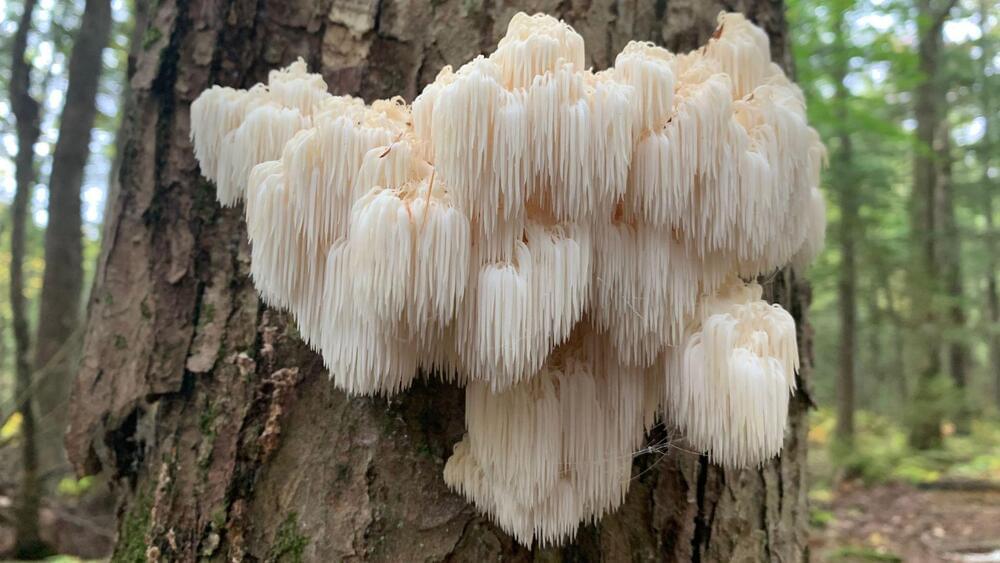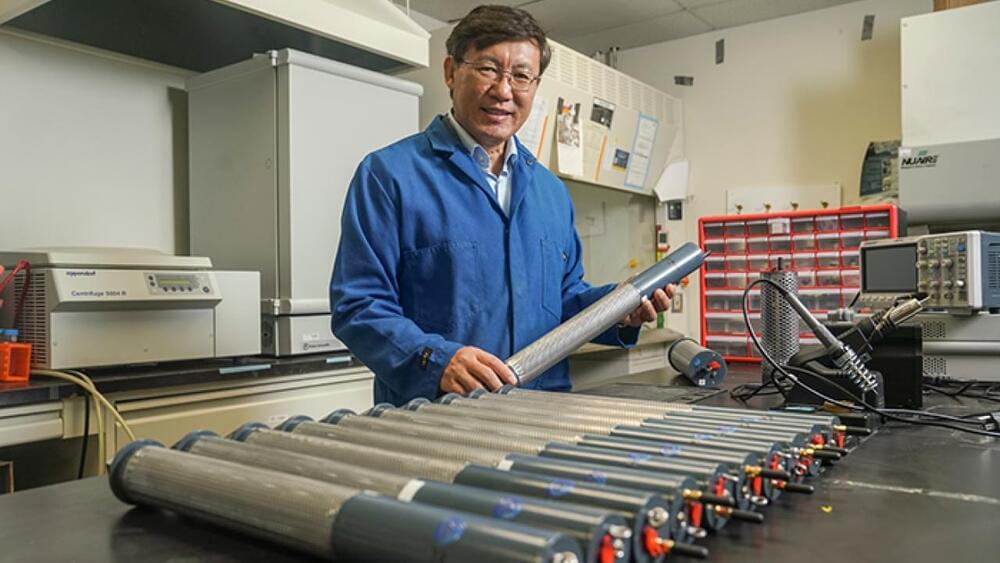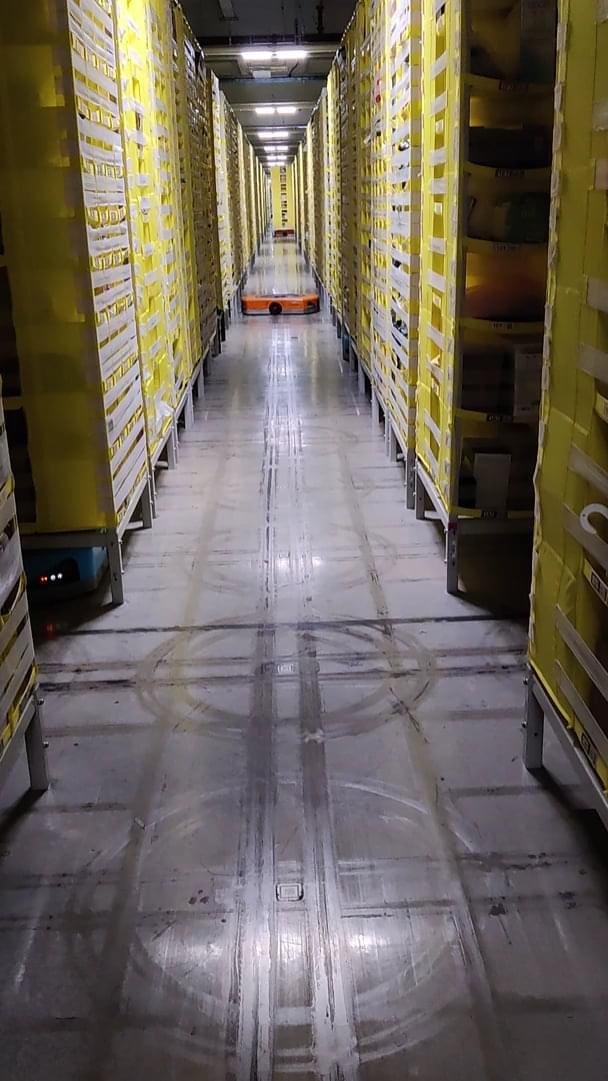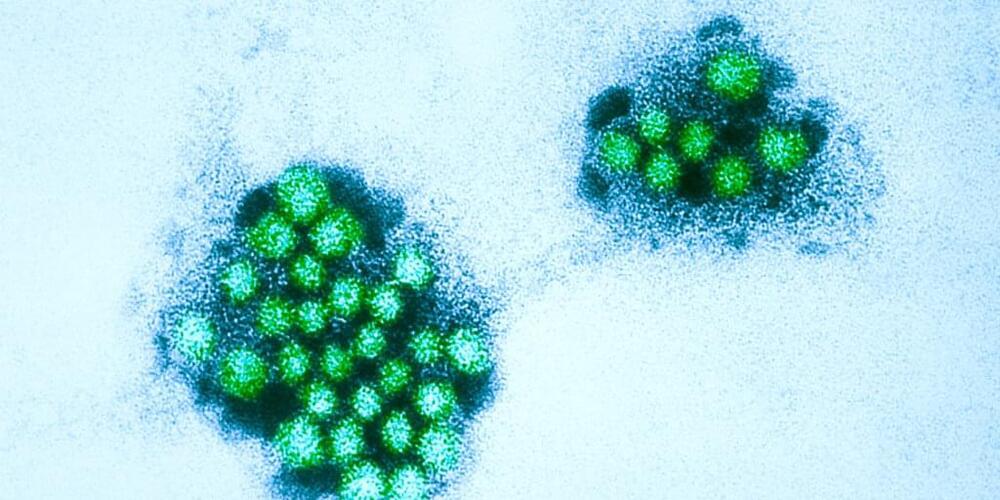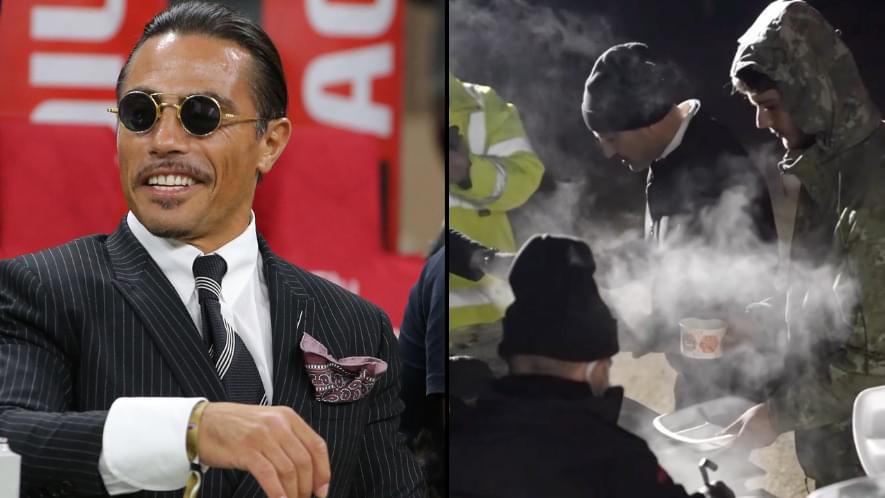Between 75,000 and 50,000 years ago, humans began to make their way across the megacontinent of Sahul, a landmass that connected what is now Australia, Tasmania, New Guinea, and the Aru Islands.
New research reveals more about the routes used by these early humans and the length of time it took for them to fully explore the extremities of Sahul. It could have taken up to 10,000 years for the vast area to be completely covered by these intrepid humans, which is twice as long as previously thought.
To refine their estimates, researchers developed a new, more sophisticated model that factored in influences on travel, like the land’s ability to provide food, water source distribution, and the landscape’s topography.


